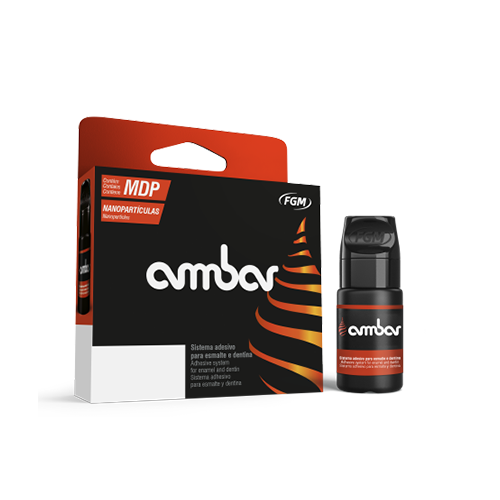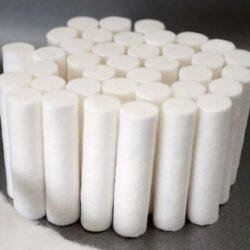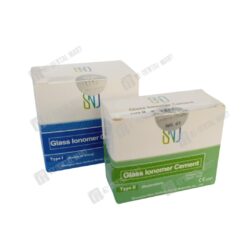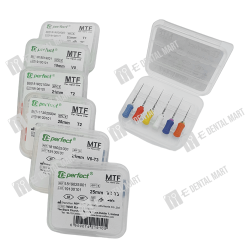Description
Benefits
Higher Adhesive Potential:
The presence of MDP in the composition makes a chemical bond with the dental structure, which adds mechanical adhesion, giving the product a superior adhesive strength.
Higher stability and resistance to adhesive film:
Due to the presence of treated silica nanoparticles.
Quality of the polymerization:
Its chemical characteristics guarantee the quality of the polymerization (even in high moisture environment) and consequent longevity of the adhesive film.
Recommendations
- All classes of direct restorations with composites (classes I, II, III, IV and V) and photo-curable ionomeric cements.
- Adhesive cementation (together with resinous cement) of prosthetic parts (intra canal posts/ cores, crowns, onlays / inlays and veneers) in fiberglass, ceramics, composite and metal.
- Adhesive repairs in ceramics and composites.
Step By Step
-
- The surface to be restored must be cleaned and then etched with phosphoric acid at 37% Condac 37 (FGM) for 15 seconds (same time for enamel and dentin). It is important to isolate the tooth, whether with complete or relative isolation (depending on the case).
-
- Rinse the surface with the abundant water and dry the cavity until it is moist, not dehydrated.
-
- With a micro-applicator Cavi brush (FGM), apply the adhesive rubbing the first drop of the product for 10 seconds. Next, apply a new layer of adhesive to the same surface for other 10 seconds.
- Apply an air jet for 10 seconds, which helps to evaporate the solvent and, consequently, to increase adhesion.
- The adhesive must be light-cured for 10 seconds, then perform restoration. Note: for intra canal adhesive application, the photo activation time must be extended to 20 seconds.












Reviews
There are no reviews yet.